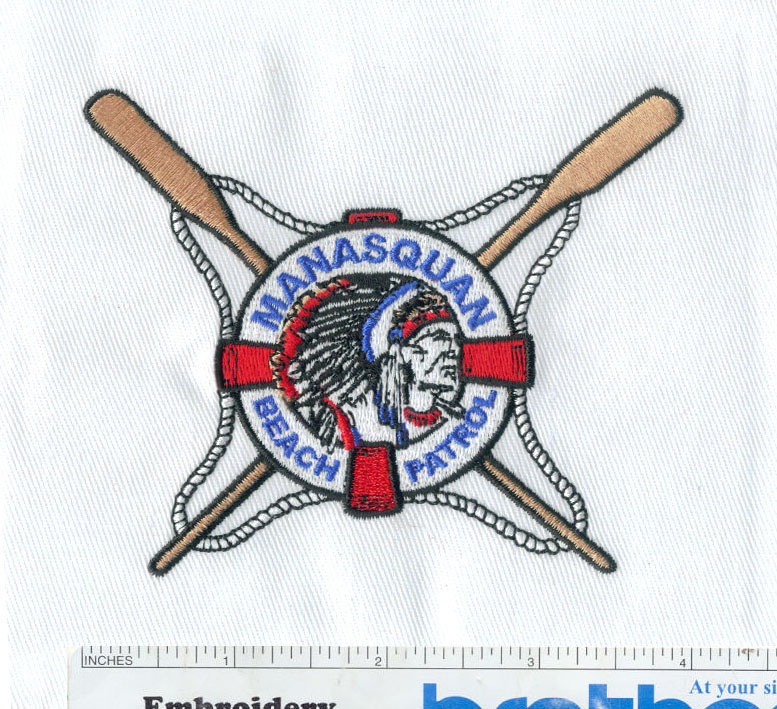The Essentials of an Operator in Computerized Embroidery Design
Introduction
Computerized embroidery design has completely changed how complex and striking patterns are brought to life on fabrics in the fashion and textile industries. The operator of the computerized embroidery design is at the center of this transformational process. This talented individual is essential in making sure that digital patterns are flawlessly transformed into gorgeous embroidered pieces. We'll look at the key components that make an operator crucial in computerized embroidery design in this blog post.
1. Technical Mastery
One cannot overstate the importance of technical expertise in the realm of computerized embroidery design. Operators must be well-versed in the operation of computerized embroidery machines, including loading and securing fabric, selecting and threading needles, and understanding machine settings. They should also be capable of troubleshooting technical glitches and performing regular maintenance to keep the machinery running smoothly.
2. Proficiency in Design Software
Computerized embroidery starts with a digital design file. Therefore, a Computerized Embroidery Design Operator needs to be proficient in design software such as Adobe Illustrator, CorelDRAW, or specialized embroidery digitizing software. These tools are used to create and manipulate design files, ensuring that they are compatible with the embroidery machine.
3. Attention to Detail
Attention to detail is the cornerstone of a successful Computerized Embroidery Design Operator's work. These professionals are entrusted with intricate and often complex designs that involve thousands of stitches. A tiny error in design placement or thread tension can lead to imperfections. Thus, an eagle-eyed focus on detail is vital to ensure the highest quality in every embroidered piece.
4. Creative Flair
While machines handle the technical aspects, it's the operator's creative sensibilities that make each embroidery unique. Operators should possess a keen understanding of design principles, color theory, and aesthetics. This creative flair allows them to make informed decisions about thread colors, stitch patterns, and design placement, resulting in visually appealing and harmonious outcomes.
5. Problem-Solving Skills
Embroidery, like any craft, has its challenges. Operators may encounter issues such as thread breaks, needle jams, or design file errors. A skilled operator should have strong problem-solving abilities to swiftly diagnose and rectify these problems. Effective troubleshooting not only ensures the quality of the final product but also minimizes production downtime.
6. Patience and Precision
Computerized embroidery is a meticulous process that demands patience and precision. Operators must oversee the machine meticulously, ensuring that each stitch aligns perfectly with the design. Even complex designs require a calm and patient approach to guarantee the end product meets the highest standards.
7. Adaptability
The textile industry is constantly evolving, with new fabrics, techniques, and design trends emerging regularly. A Computerized Embroidery Design Operator should be adaptable and open to learning. Staying current with advancements in embroidery technology and software is essential to keep pace with industry developments.
Conclusion
A master of the craft, a computerized embroidery design operator combines technical proficiency with visually appealing inventiveness. They play a crucial part in converting computer designs into physical embroidery works of art. One needs technical competence, software expertise, uncompromising attention to detail, a creative eye, problem-solving prowess, patience, precision, and adaptability to succeed in this field. These fundamental characteristics make sure that the field of computerized embroidery design continues to produce beautiful and cutting-edge works that enhance the fabric of our daily life. Developing these traits will be your road map to success in this exciting and fulfilling area if you want to pursue a career in computerized embroidery design.



